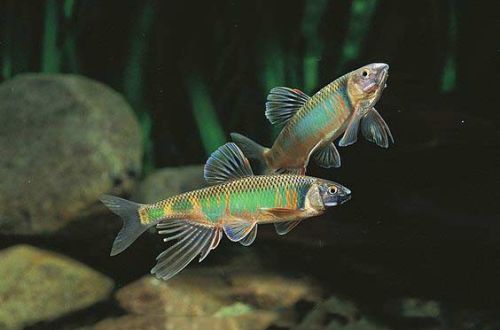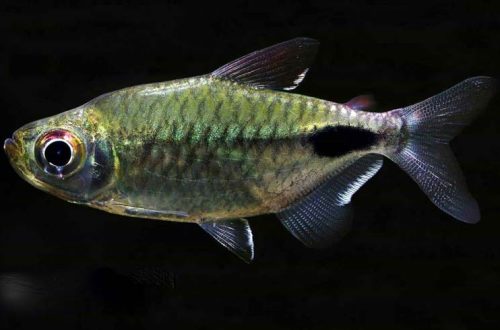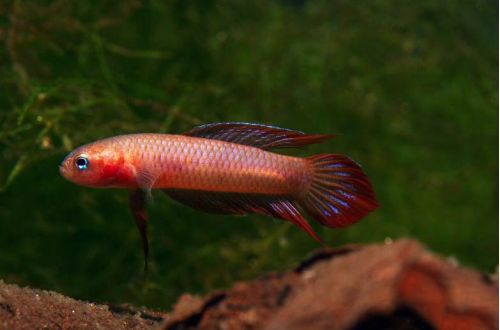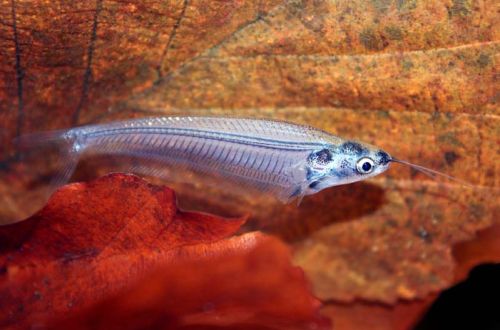
Zakko vulgaris
Zakko ordinary, scientific name Zacco platypus, belongs to the family Cyprinidae (Cyprinidae). The fish is native to East Asia. Found in river systems from northern China to the northern provinces of Vietnam. Inhabits various biotopes, but mostly with fast currents: mountain streams, streams, lakes, less often stagnant swamps.

Popular among amateur anglers and as bait for sport fishing. Rarely used in aquariums, mostly males due to their bright colors.
Description
Adults reach a length of up to 20 cm, but usually grows smaller – up to 13 cm. Males are larger and look brighter. The color intensifies during the breeding season. The main colors are gray-blue, in the mating season they acquire a rich blue color. Orange stripes can be traced on the body, the abdomen, anal, ventral and pectoral fins are painted in the same color. The anal fin is noticeably elongated in both males and females.
Behavior and Compatibility
Movable peaceful fish. At a young age, they live in flocks for protection. As they grow older, they no longer need the company of relatives. Peaceful, get along well with other non-aggressive species of comparable size.
It is worth remembering that slow tankmates will experience discomfort from Zakko’s excessive activity.
Brief information:
- The volume of the aquarium – from 200 liters.
- Temperature – 18-22°C
- Value pH — 6.5–7.5
- Water hardness – soft to medium hard (5-15 dGH)
- Substrate type – any
- Lighting – moderate
- Brackish water – no
- Water movement – moderate or strong
- The size of the fish is up to 13 cm.
- Food – any food
- Temperament – peaceful
- Content alone, in pairs or in a group
Maintenance and care, arrangement of the aquarium
The optimal size of the aquarium for a group of 4-5 fish starts from 200 liters. It is noted that Zakko vulgaris feels most comfortable in an environment with a moderate current, so a productive filter would be a good choice. Also, a powerful filtration system, along with regular aquarium cleaning and partial water changes, will keep the level of contaminants at a low level.
Being native to the subtropics, the fish needs relatively cool water. It should not be allowed to stay at a temperature above 22–23 ° C for a long time.
The design is arbitrary, provided that there is enough free space for swimming.
Food
In nature, they feed on zooplankton, algae, fry, and detritus. In aquariums, they can be accustomed to alternative foods, such as popular dry foods (flakes, pellets).





